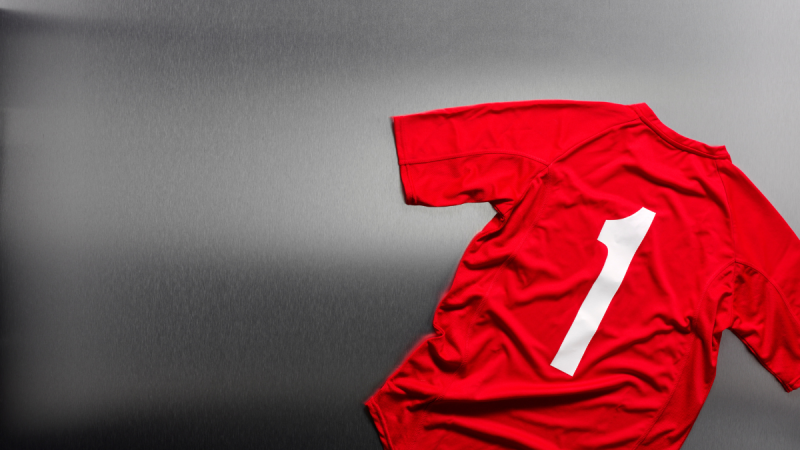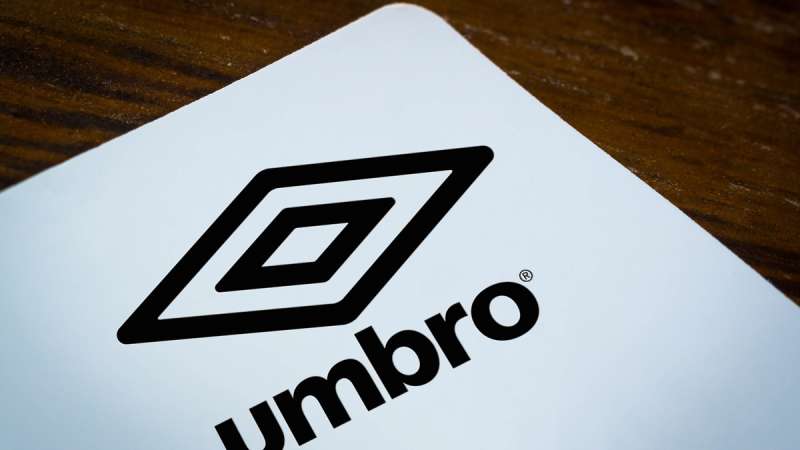What are Design Rights?
Design rights protect the appearance, shape and configuration of a product and can be registered or unregistered.
Design owners can apply for a UK Registered Design mark or a Community Registered Design mark.
A registered design must meet certain criteria and must be:
- Novel;
- Of individual character; and
- Not excluded by statute.
Protection lasts up to 25 years, and the rights are renewed every five years. Registering a design is relatively low-cost and is appropriate for industries such as fashion,n where design is fundamental in recognising and selling the product.
If a design is registered, subject to meeting the criteria, it will have a right against copying. Protection is given at both the UK and EU levels.
The EU right is much broader but only lasts for three years. The UK right gives ten years’ worth of protection from when the product was first marketed.
What is Design Right Infringement?
Design rights give the designer the exclusive right to reproduce the product and to record the design of the product with the purpose of reproducing it. There will be primary infringement of a design right if the designer’s design is reproduced or recorded without the designer’s permission.
What Remedies are Available for Design Right Infringement?
The remedies for design right infringement are very similar for the remedies for patent infringement and include:
- Basic or additional damages;
- An injunction to prevent further infringement of the design right;
- An order for delivery up or destruction of the infringing goods; and
Our Approach to Design Right Infringement
Due to the complex and technical nature of design right claims, we always review any case on first instruction and provide you with an overview of all the potential options available.
Design right claims have many different remedies available such as damages, injunctions or an order for the destruction of goods. The specific context of your situation will dictate the advice we give you.
Our team will make sure you are kept informed and confident about the advice we are giving and can be certain that we will provide you with the best possible outcome.
The Myerson team is ranked by the Legal 500 directory. This means you can be certain that you will be getting the highest quality legal advice with your interests at the heart of the service.
Our Experience with Design Right Infringement
Myerson are members of the Intellectual Property Lawyers Association (IPLA).
The IPLA is an association of approximately 66 law firms who have an established intellectual property department.
The fact we are a member of the IPLA demonstrates that we have extensive and detailed experience in the conduct of IP disputes in the UK.
One of the main objectives of the IPLA is to lobby for improvements to IP law and practice for the benefit of those who hold IP rights.
Separation of Intellectual Property Rights
This matter started as a contentious shareholder dispute between two 50/50 shareholders.
A deal was reached to split the intellectual property rights (comprising many registered trademarks, unregistered design rights, sketches, product development know-how and an ongoing patent application held across several companies) on a worldwide basis.
The deal involved us drafting several licence and assignment agreements with negotiated restrictions on the use of intellectual property, provisions for the development and sharing of know-how, maintenance of the patent and complex rules governing the development of sufficiently different product lines by each shareholder.
Why Choose Our Intellectual Property Solicitors?
- Our intellectual property experts advise clients on a broad range of intellectual property matters, from initial registration and exploitation to protection and enforcement.
- Our specialist IP litigation team is also highly experienced in handling business disputes involving intellectual property.
- Myerson is a member of the Intellectual Property Lawyers Association (IPLA), an association of law firms with an established intellectual property office. Our membership provides our clients and us with access to a wealth of knowledge and expertise in intellectual property.
- Through our many years of service, we have close working relationships with trade mark and patent attorneys and regularly liaise with them on a wide range of intellectual property issues, such as registering trademarks, patents and design rights, and when disputes arise concerning intellectual property rights. These working relationships are a key element of the service we offer to our clients.
- Myerson is also the Manchester and Cheshire law firm member for the MSI Global Alliance, a top 20 ranked international association of independent professional firms. As the IP matters we deal with often involve an international element, we can call upon the expertise and knowledge of our fellow MSI members to ensure that our client's global interests are protected.
Testimonials
Meet Our Intellectual Property Solicitors
Home-grown or recruited from national, regional or City firms. Our intellectual property lawyers are experts in their fields and respected by their peers.
Contact Our Experts
You can contact our lawyers below if you have any more questions or want more information:









